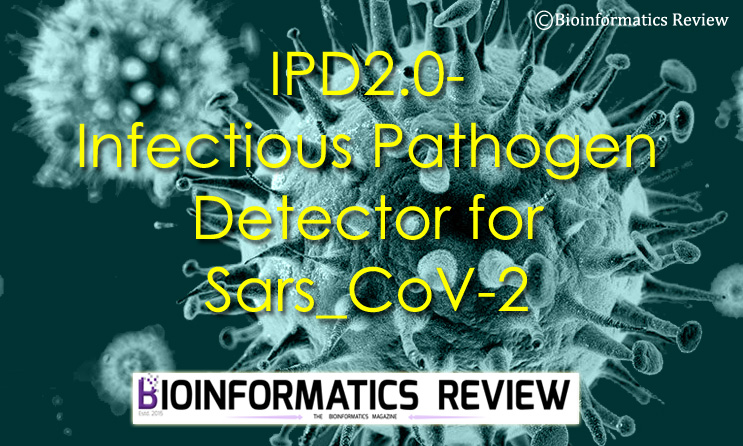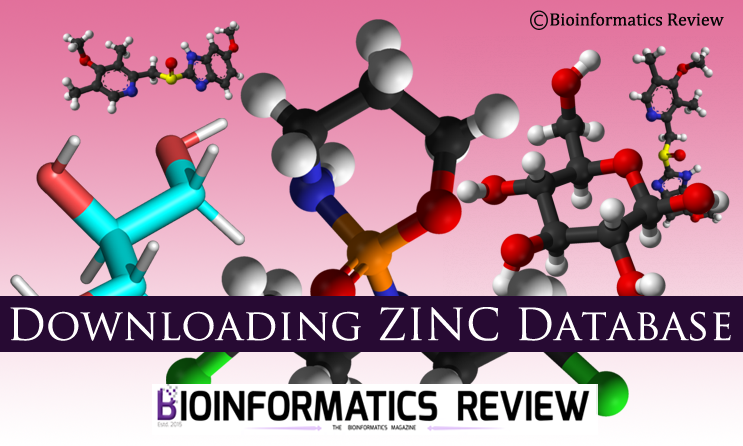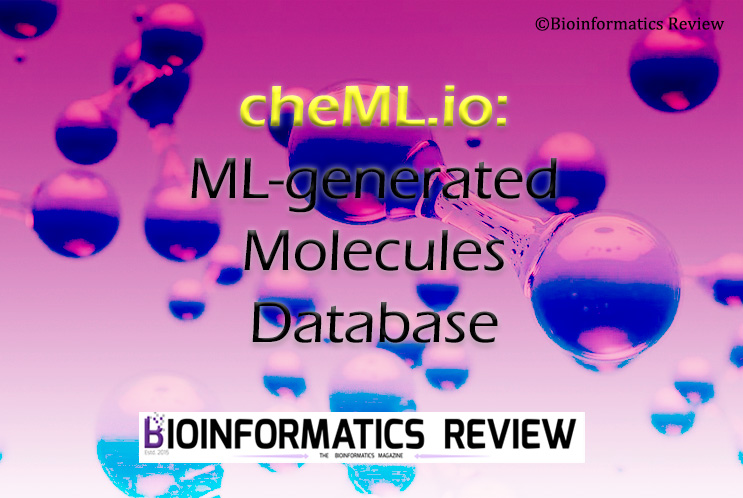A new database of response genes and proteins in humans for SARS and MERS is created, namely, H2V [1].
This database consists of all human genes and proteins that respond to SARS-CoV, SARS-CoV-2, and MERS infection. The information is collected from published journal articles including transcriptomic and proteomic studies surveying coronavirus infection.
Authors have classified the responding human genes and protein into the following various categories:
- differentially expressed genes (DEGs)
- proteins participating in human-virus protein-protein interaction (PPIs)
- differentially translated proteins (DTPs)
- differentially expressed proteins (DEPs)
- differentially ubiquitinated proteins (DUPs)
- disease severity associated proteins (SAPs)
- differentially phosphorylated proteins (DPPs)
Users can easily search for these genes/proteins and analyze their data. It allows drug discovery, data animation, and enrichment analysis. H2V database is freely accessible at http://www.datasj.com:40090/h2v/. The database is implemented in SQLite and other conventional web development techniques including HTML, CSS, and JAVA.
For further details, read here.
References
- Zhou, N., Bao, J. & Ning, Y. (2021). H2V: a database of human genes and proteins that respond to SARS-CoV-2, SARS-CoV, and MERS-CoV infection. BMC Bioinformatics 22, 18.





